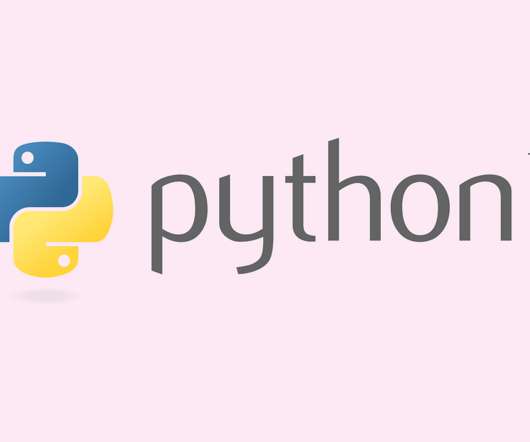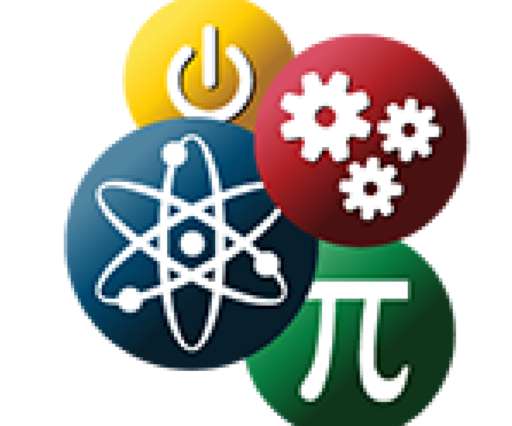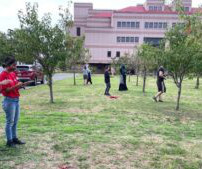Top 5 Reasons Why Kids Should Learn Python
Ask a Tech Teacher
JULY 26, 2021
The community support makes it very easy for kids to learn computer science with Python. For instance, Matplotlib is used for plotting charts and graphs; SciPy for engineering applications, science, and mathematics; Beautiful Soup for HTML parsing and XML and NumPy for scientific computing.












Let's personalize your content